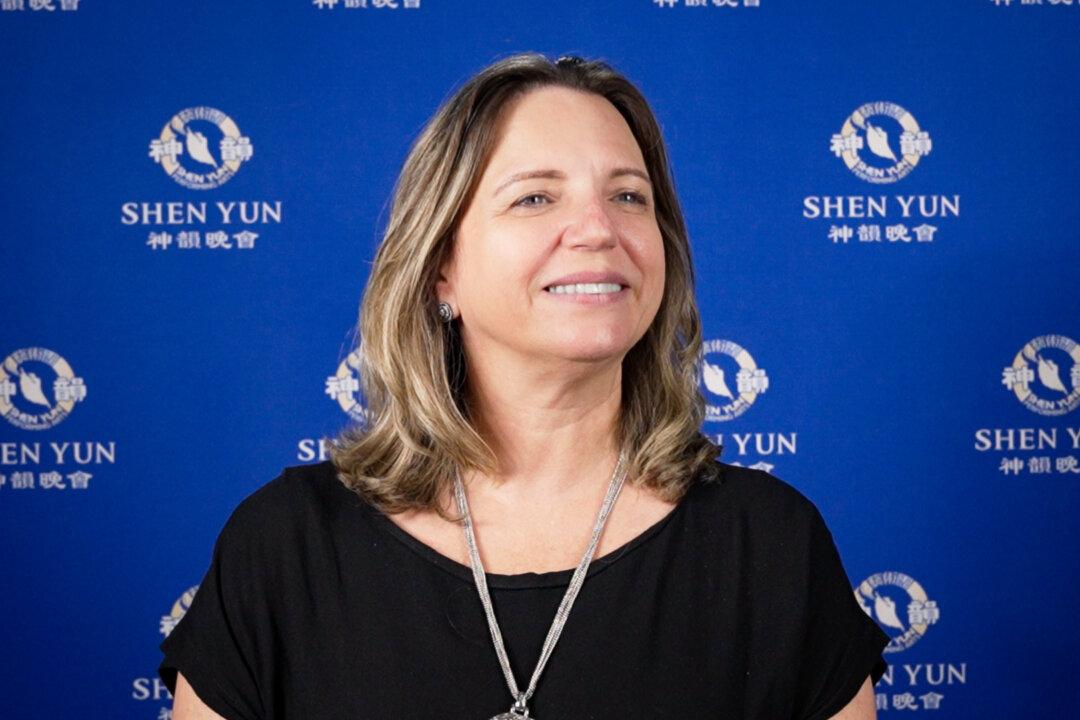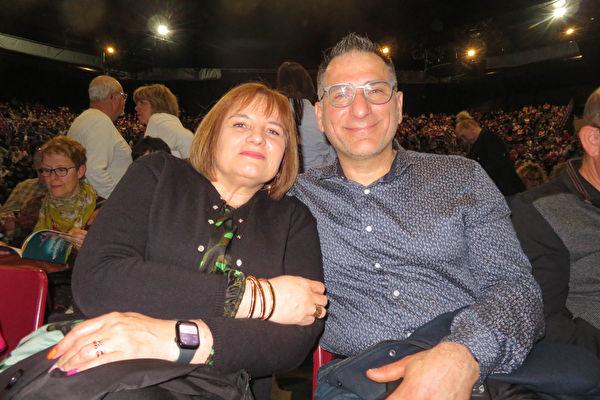ST. LOUIS— “The power is truth, it is love,” said Dan Leeker, after Saturday’s matinee performance by Shen Yun at the Peabody Opera House. “It is energy, strength, it is the power, the power of light, or love, or God, or however you want to say it. That’s how I see it.”
Mr. Leeker was describing the power he found portrayed in the dance “Monks and the Red Guard.”
“I really enjoy[ed] the show,” exclaimed Mr. Leeker, a self-employed massage therapist. “It has so much beauty in it and about it. ”Some of dances mean a lot to me, spiritually, because I can see things in dances that resonate with where I am at spiritually.”
Shen Yun showcases some of the world’s foremost classically trained dancers, according to the company’s website. These artists can express through dance what many people might have a hard time saying with words.
“Beauty comes as a result of being connected and loving with each other,” continued Mr. Leeker, which he found especially exemplified in the piece called “Monks and the Red Guard.”
This dance is set during China’s Cultural Revolution, which lasted from 1966 to 1976. One feature of the Cultural Revolution was a state-run campaign aimed to destroy traditional culture.
During this time many youths were recruited and sent around the country to destroy anything related to China’s traditional culture, including burning books in much the same way the Nazis did after they came to power. These recruits were known as the Red Guard.
The dance tells the story of an attempted raid by the Red Guards on a monastery in a remote part of China. The youths could do nothing to remove the monks, who possessed supernatural martial arts skills, according to the Shen Yun program.
“It seems to me that what this was symbolizing is the power of the mind and energy, and it was contrasting the Red Guards and what they were all about: anger and control,” said Mr. Leeker.
“As individuals we all have that internal struggle between our good and evil types of things. So it was just really beautifully portrayed.”
“At the end of the Red Guard dance, you know, the Buddhists went over there, and took off the red banner and pulled them to include them, to forgive,” Mr. Leeker said.
The monks were demonstrating compassion and tolerance, Mr. Leeker said. “They were demonstrating that to the guards. They were saying ‘Come on, be part of this. This is better than going around and beating people up.’”
Mr. Leeker found something in Shen Yun similar to the source from which the company’s artists draw their inspiration. According to Shen Yun’s website, that inspiration comes from the spiritual discipline of Falun Dafa (also known as Falun Gong), whose principles are truthfulness, compassion, and tolerance.
In the past the land of China was once called “Shen Zhou,” or “the Divine Land,” and these principles were once a part of the traditional culture, which Shen Yun is dedicated to reviving.
Reporting by Sally Sun and Paul Darin
New York-based Shen Yun Performing Arts has four touring companies that perform simultaneously around the world. For more information, visit Shen Yun Performing Arts.
Epoch Times considers Shen Yun Performing Arts the significant cultural event of our time. We have proudly covered audience reactions since Shen Yun’s inception in 2006.
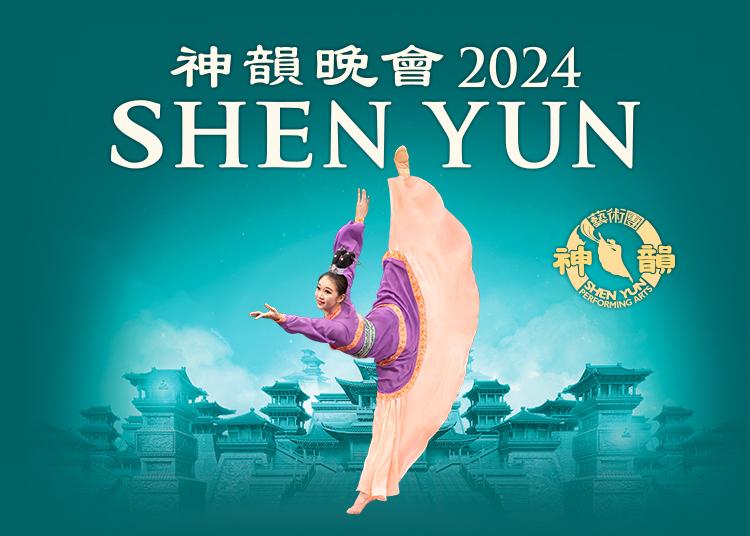


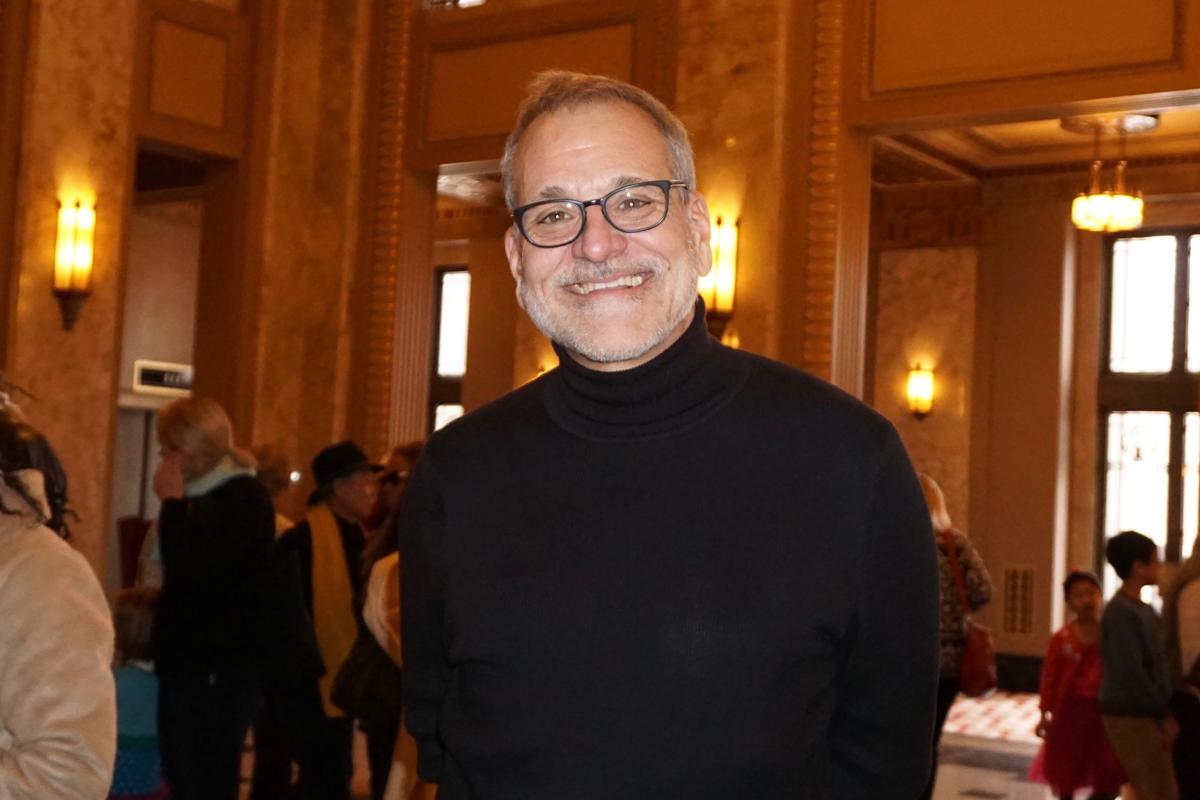
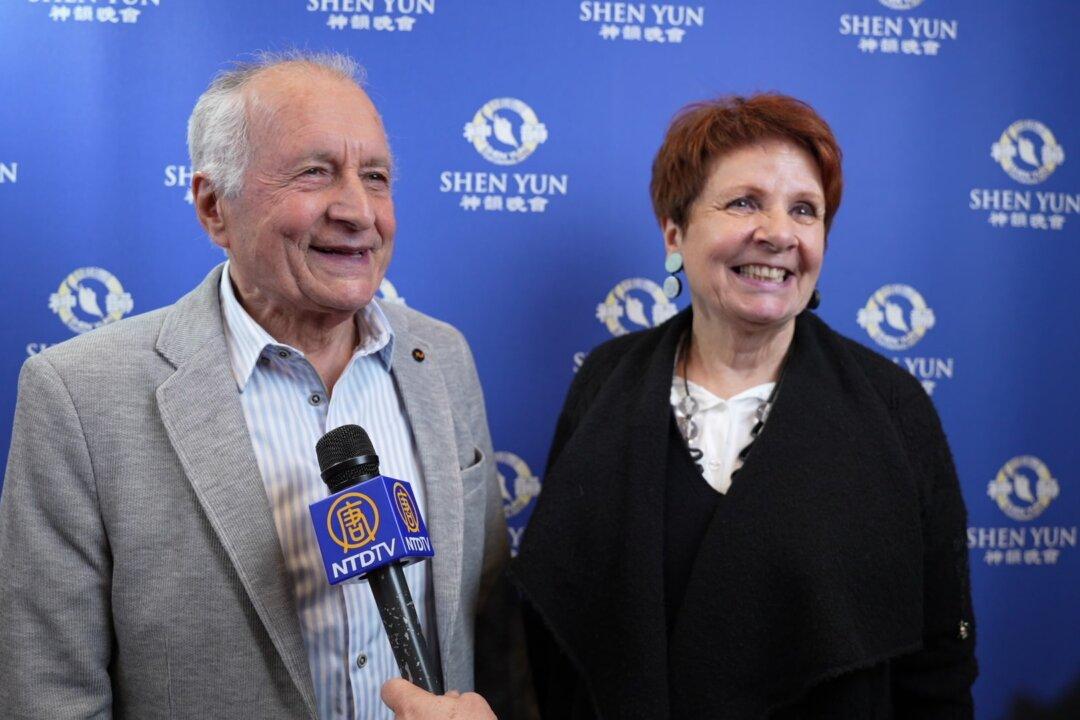
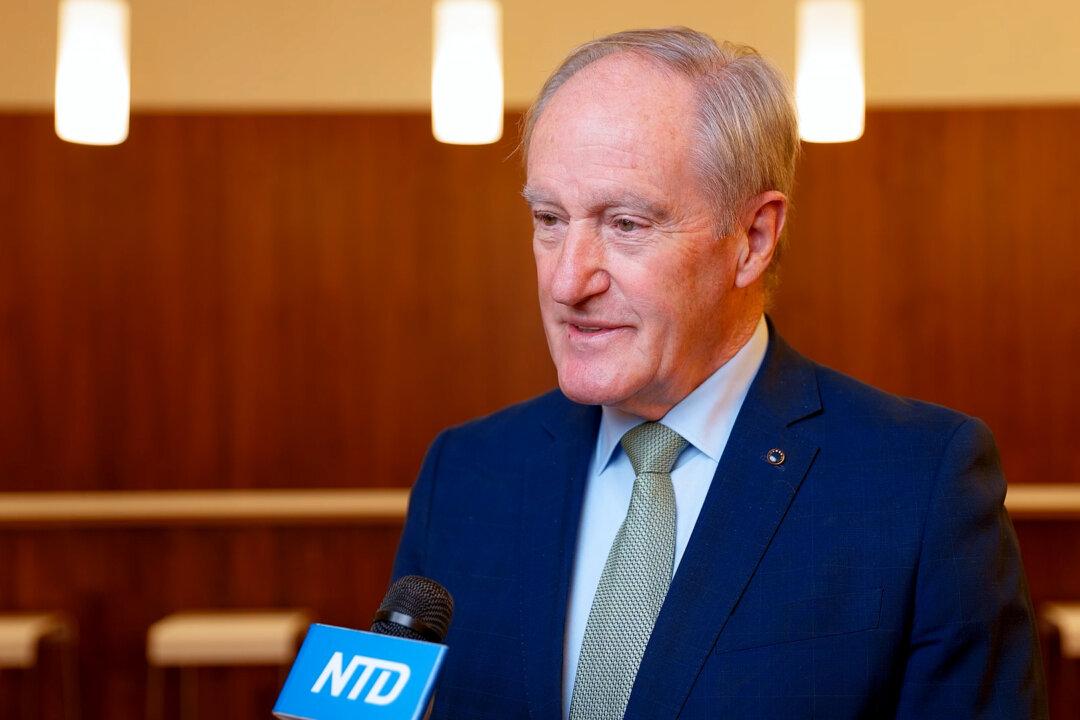
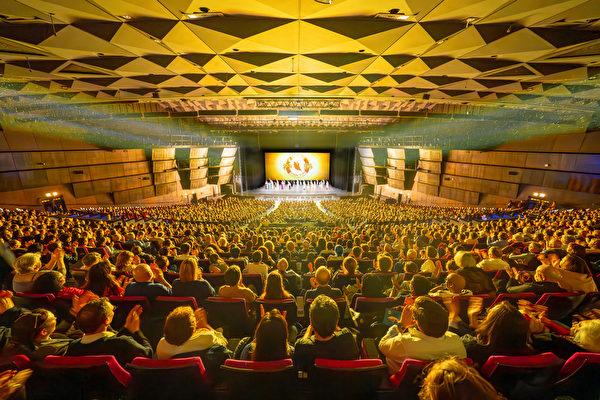
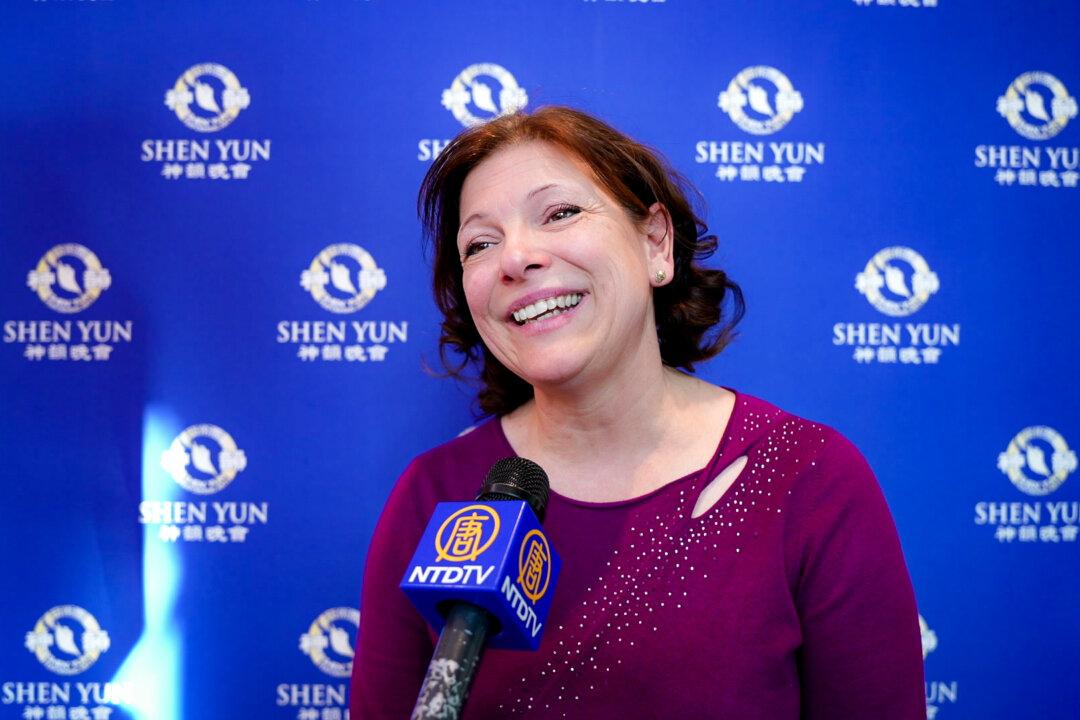
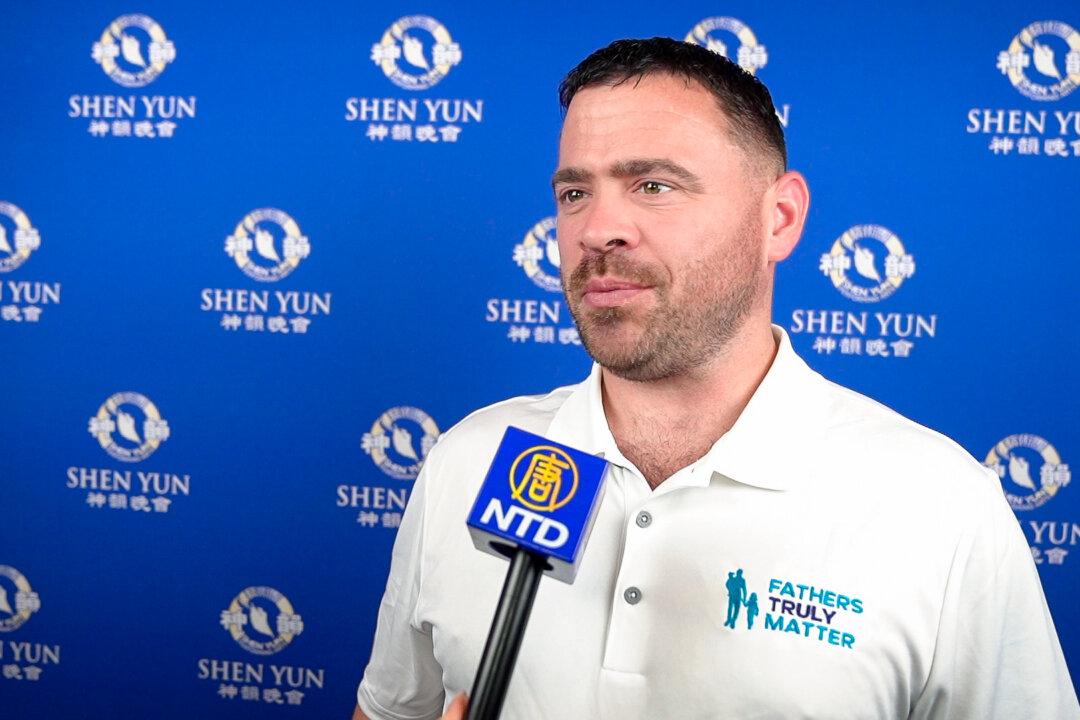
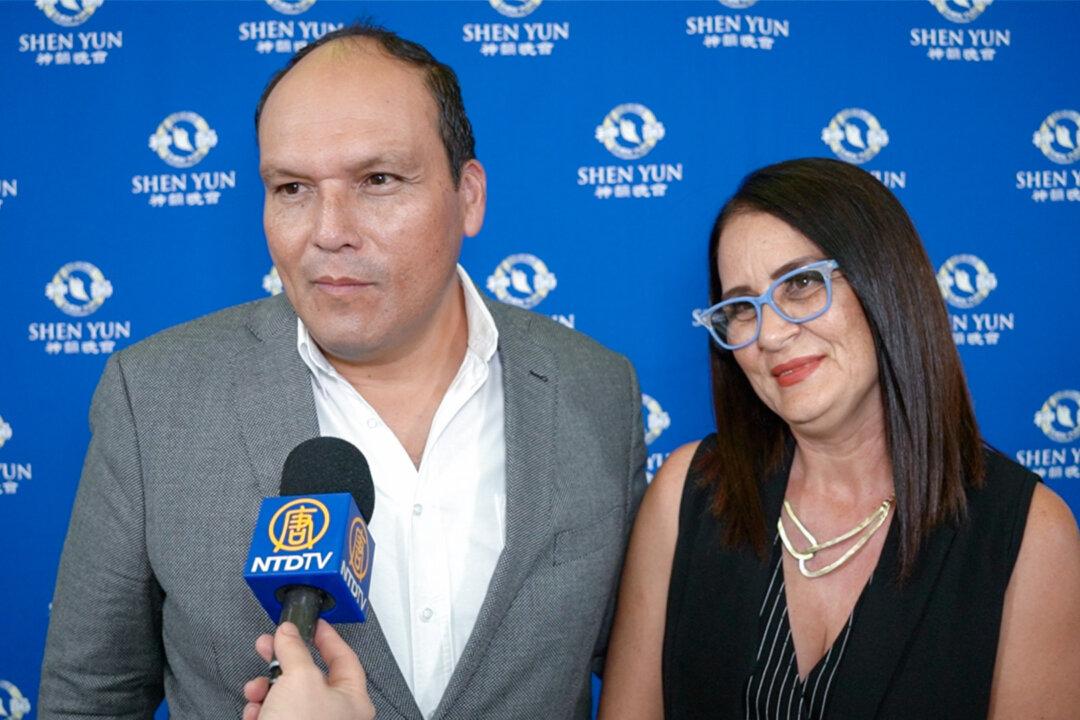
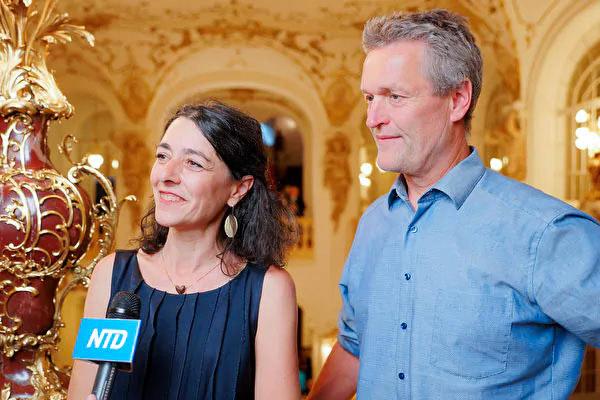
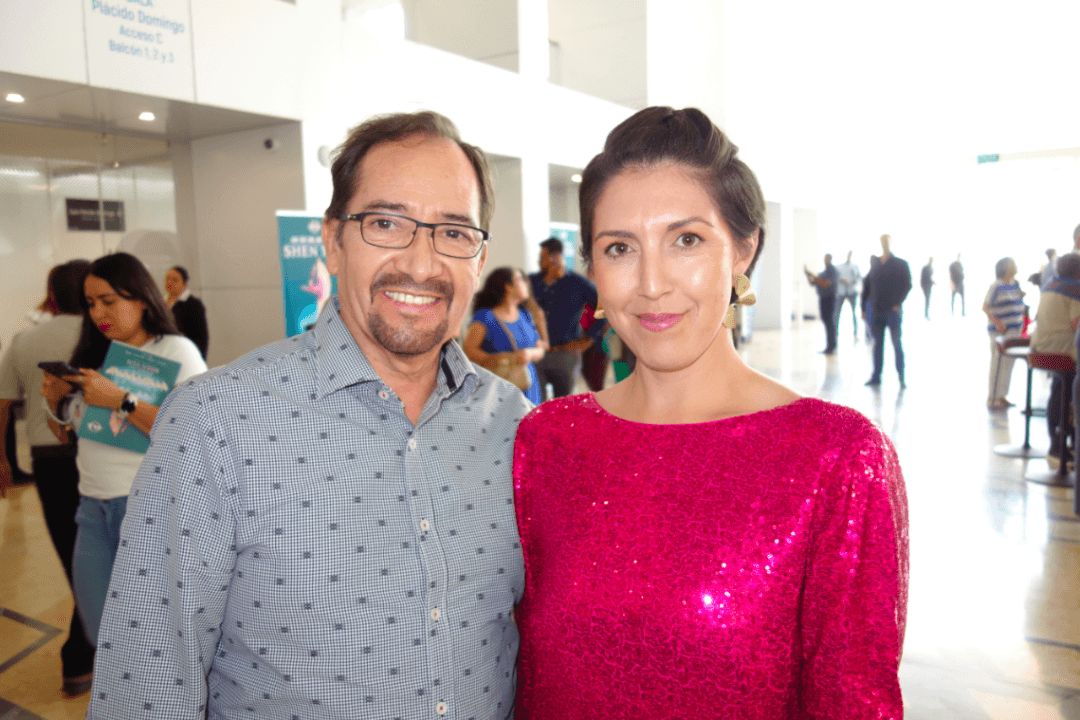
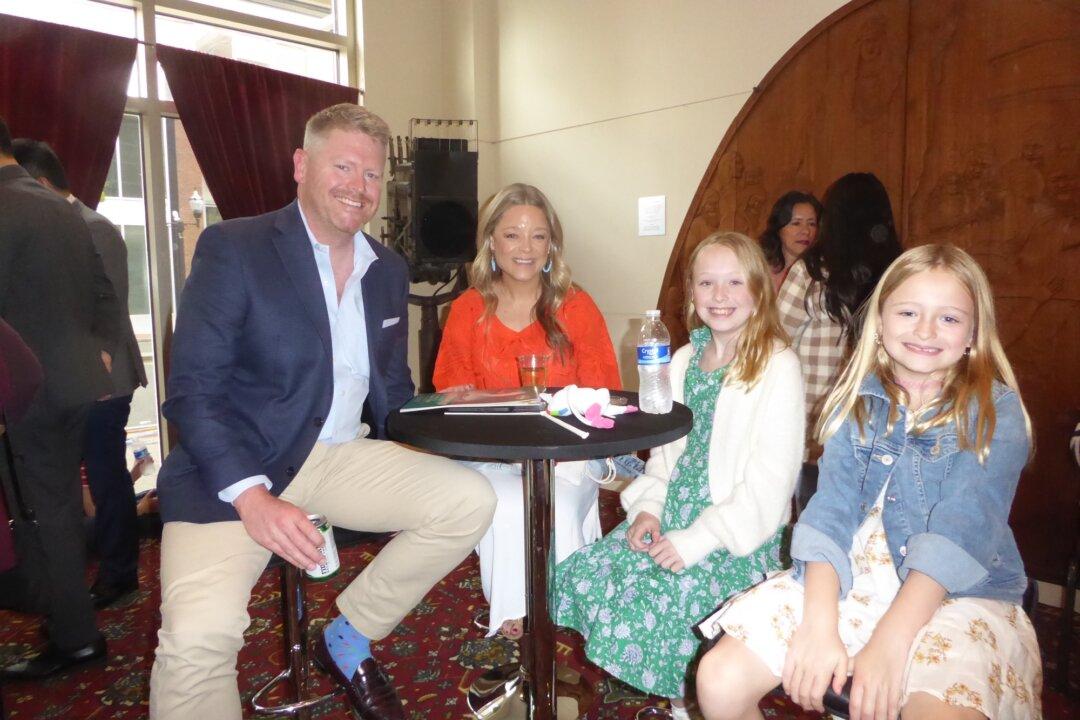
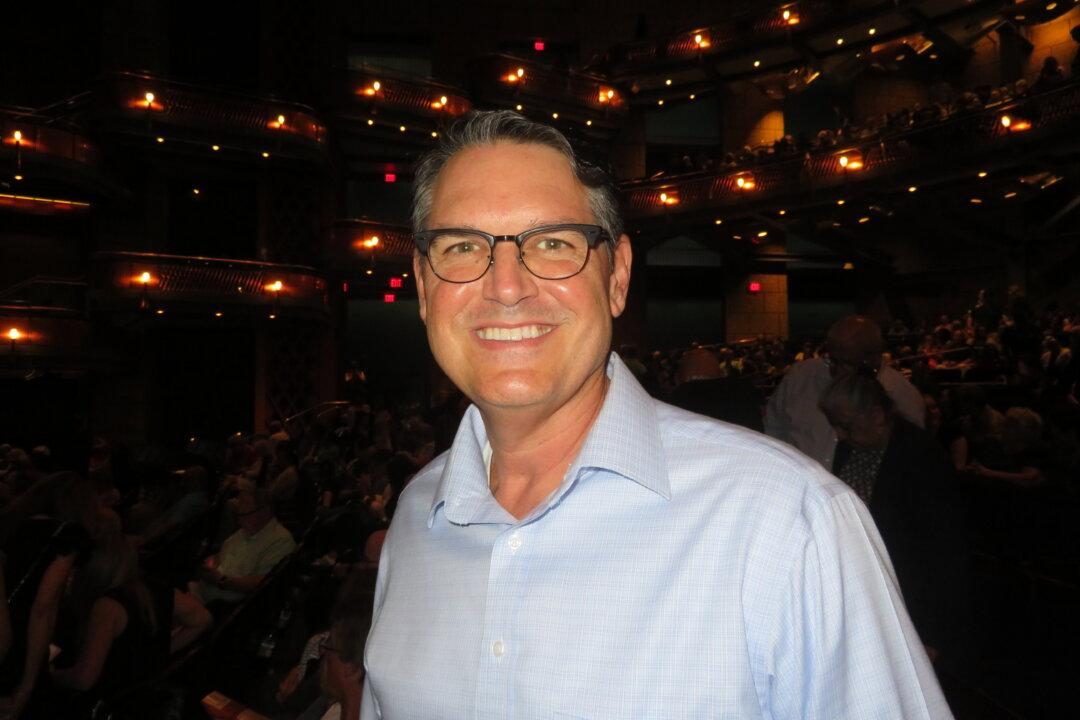

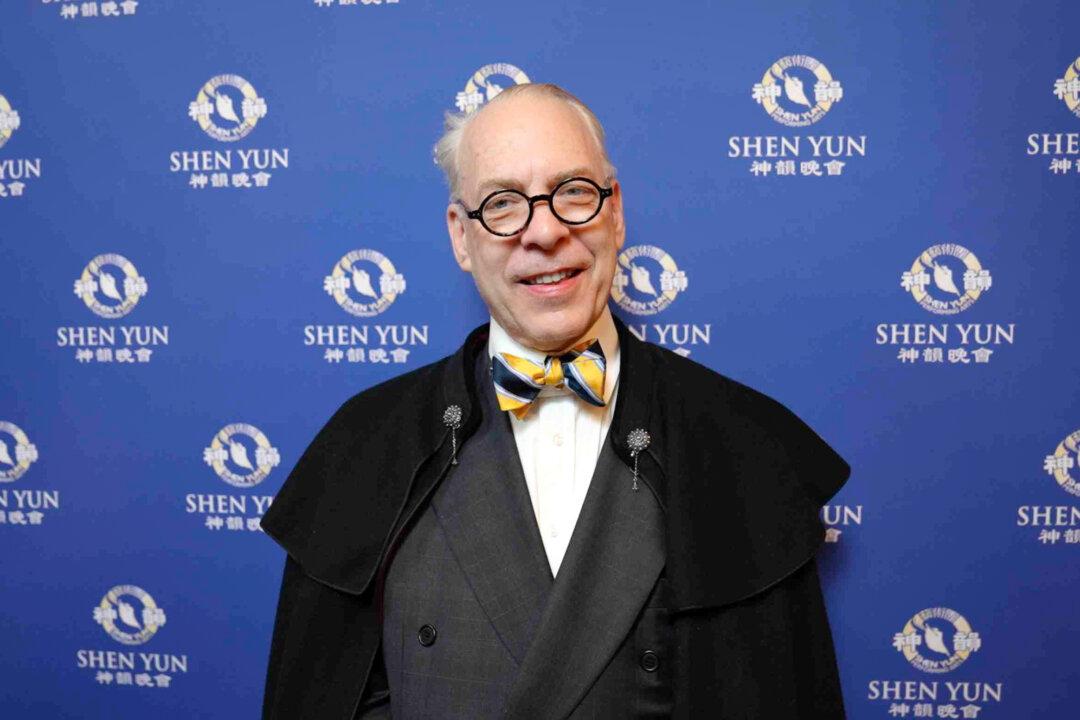
![Connecticut Mayor: ‘People in China Need [Shen Yun] to Remind Them of Who They Are’](/_next/image?url=https%3A%2F%2Fimg.theepochtimes.com%2Fassets%2Fuploads%2F2024%2F05%2F11%2Fid5648198-1-1080x720.jpg&w=1200&q=75)
